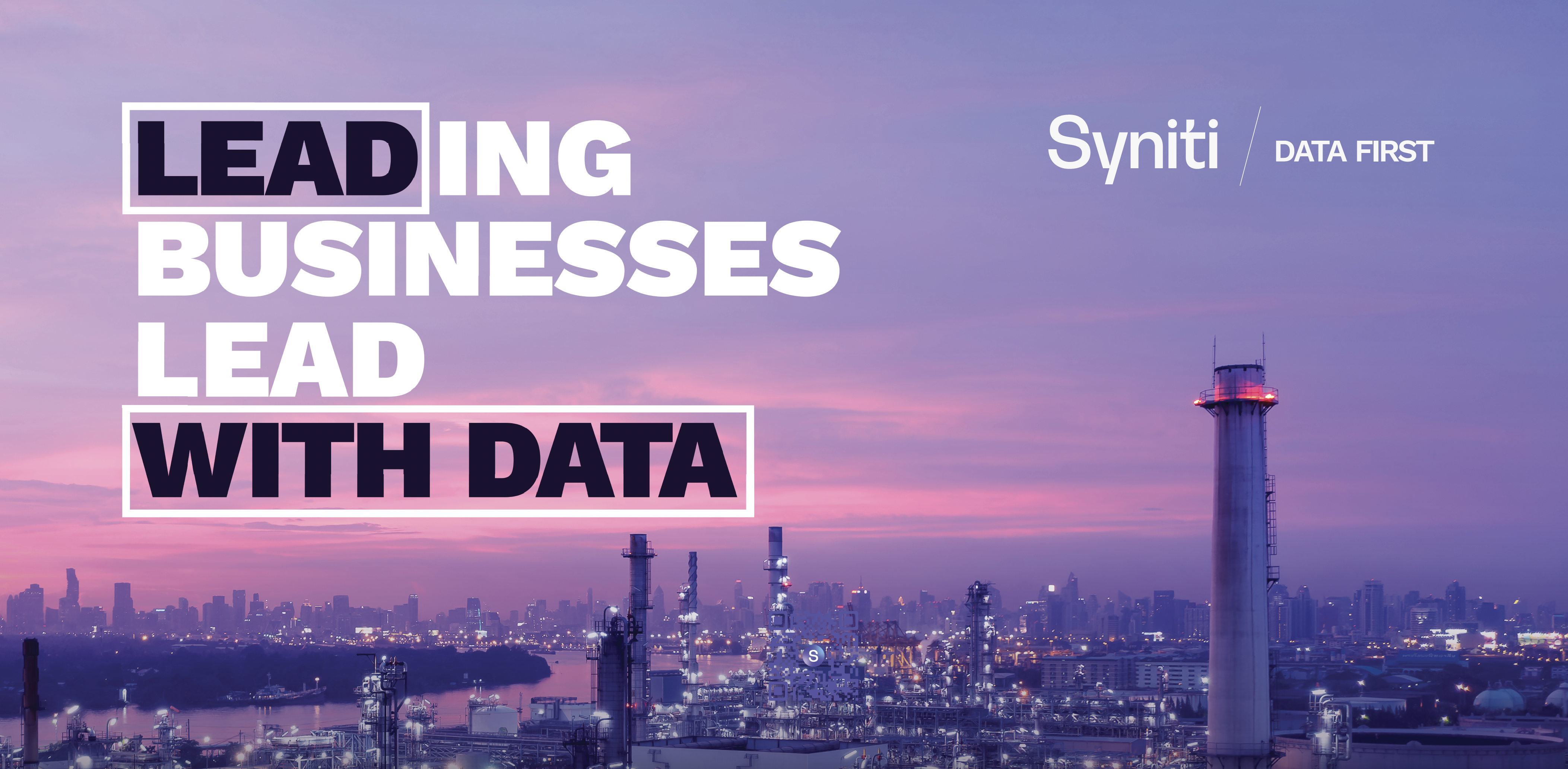It's no secret that data lies at the heart of every business transformation, from the first whispers of challenges and beyond go-live. A recent Gartner survey reveals that only 44% of business leaders can connect data initiatives to business outcomes, underlying the importance of using Data First for managing enterprise data. From revenue optimization to cost reduction, from ensuring reliability to managing working capital efficiently, every business problem is fundamentally a data problem.

What does Data First mean?
A Data First approach for data management is as straightforward as it sounds – by putting the quality of your Data First, enterprises can achieve first-time success in any data migration or transformation project, laying the foundation for predictable on-time, on-budget transformations. Starting the data workstream early in any digital transformation is a strategic move that ensures alignment between data initiatives and business objectives. When it comes to the business, adopting a Data First approach becomes not just a data management strategy but a crucial imperative for unlocking maximum value from your investments.
Why Do Enterprises Need to Put Data First?
Data is often mistakenly considered a mere part of the digital transformation process, thought of as only the object that’s being moved, while the true value and opportunity within the transformation is missed. What’s more, traditional approaches like the infamous "Lift & Shift" bring their own set of challenges, leading to process failures, disruptions in daily operations, and burned-out business users.
Here’s the kicker - Lift and shift might move the data, but it doesn't move the needle. Data that violates business rules will still load into SAP, and users who once worried, “will it load?” find themselves asking “Should it load?” Achieving 99.9% load accuracy inadvertently becomes a representation of business accuracy, and how to determine if data is truly business-ready becomes hazy. If organizations fail to address data early in the program, they risk migration delays, cost overruns, and project failure.

The Benefits of Data First
The numbers speak for themselves – Data First enterprises are 23 times more likely to outperform their competitors. The advantages extend to enhanced ongoing reporting, efficiency gains from process optimization, improved auditability and compliance, and the ability to leverage AI-ready data for advanced analytics and greater agility.
- First-Time Right Delivery: Data First ensures that data migrations, whether from legacy non-SAP systems or S/4HANA, are executed with precision, reducing the need for costly corrections and adjustments.
- Hard Dollar Savings: Unlock tangible savings in working capital, inventory costs, infrastructure, and program spend by prioritizing data quality.
- Informed Decision-Making: Quality data leads to more informed insights across throughout the business, providing a solid foundation for strategic decision-making.
Drive the Business Forward with Data First
Unlock Real Return: How to Start with Data First
When it comes to any business transformation, data comes first. To reduce project risk, start data cleansing and simulation from the onset.
- Visualize & assess: Assess what your data looks like at the very beginning to allow for the correct scoping and sizing. Use data to inform and support the blueprint and deployment strategy – Take away the guess work on how to transform what and when
- "Load Early, Load Often": Adopt a "Load Early, Load Often" mentality to mitigate risks, reduce costs, and alleviate project pressure. Something as simple as a mock load can help visualize your data within the target data model and allow for cost-effective refinement, way ahead of load schedule.
- “Shift-Left” data complexity: Empower users of any skillset to take part in maintaining a quality foundation of data. Customized reporting and business rules make it easy for anyone to generate – and understand – data validation reports.
- Gaining business buy-in early on: Demonstrate to business leaders how data is at the heart of the business outcomes. The key is to start early, gaining visibility, accelerating schedules, and ultimately reducing costs and risks.
- Trusted methodology: Use industry-recognized best practices and approach to ensure data is always off the critical path of your transformation. Simple precautionary measures such as business readiness testing and data validation reporting ensures that data is not just SAP-ready, but business-functional.

Lead with Data
Data is the cornerstone of every successful transformation. By addressing data quality issues proactively, businesses can lay the groundwork for seamless and successful digital transformation and pave the way for ongoing innovation.
It's time for businesses to lead with data. Embrace a Data First approach and witness the transformational power of strategic data management in unlocking unprecedented value from your investment.
